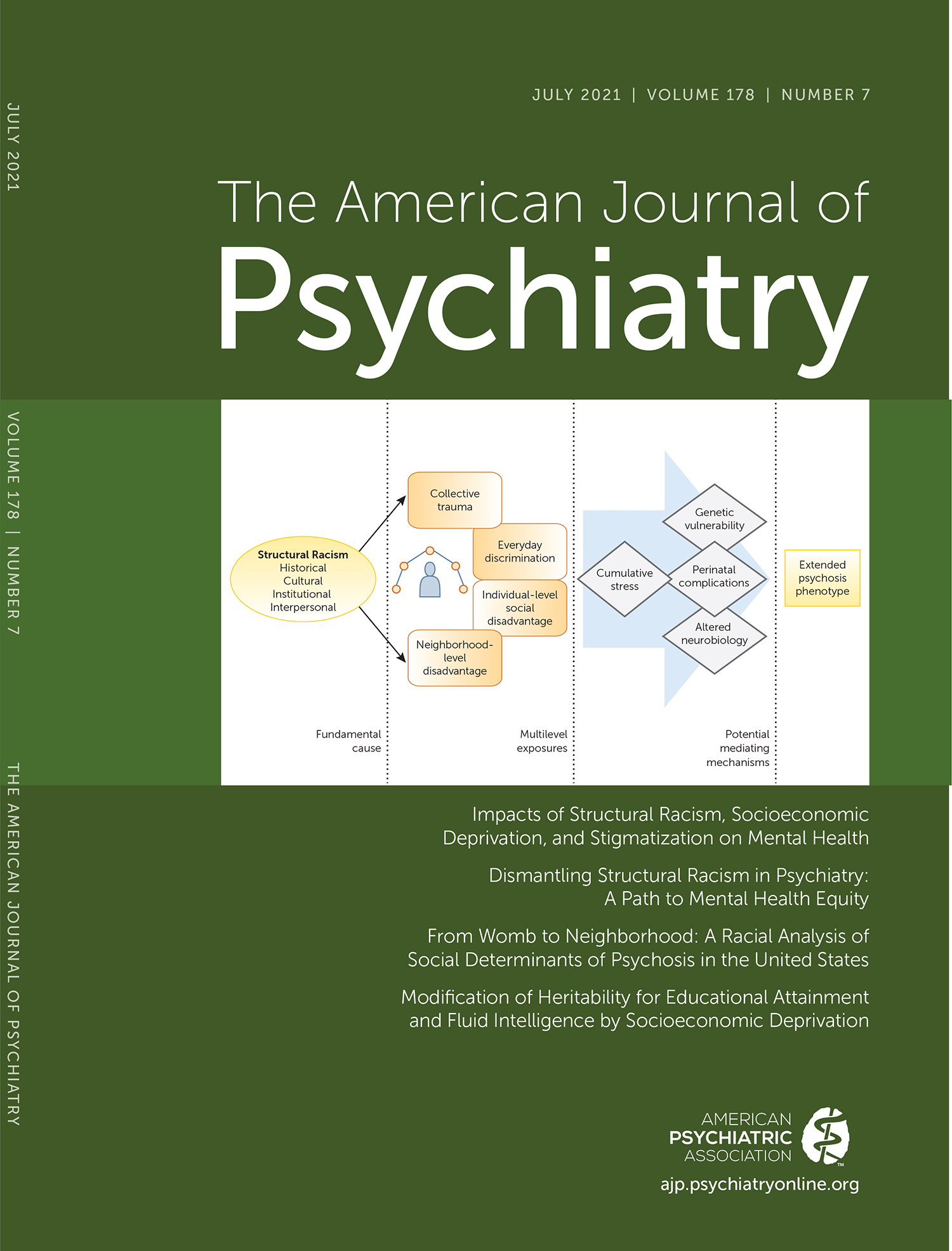Association Between Benzodiazepine or Z-Drug Prescriptions and Drug-Related Poisonings Among Patients Receiving Buprenorphine Maintenance: A Case-Crossover Analysis
Abstract
Objective:
Persons with opioid use disorder who take benzodiazepines are at high risk for overdose. The objective of this study was to evaluate the association of benzodiazepine and Z-drug use with drug-related poisonings among patients receiving buprenorphine maintenance treatment.
Methods:
A case-crossover study design was used to analyze prescription claims among persons ages 12–64 with opioid use disorder who had buprenorphine prescriptions and had claims data in the IBM MarketScan databases (2006–2016), encompassing 14,213,075 person-days of observation time for 23,036 individuals who experienced drug-related poisoning. The exposures were buprenorphine prescriptions and benzodiazepine or Z-drug prescriptions, standardized as daily diazepam-equivalent milligram doses and separated by pharmacologic properties (short-acting or long-acting benzodiazepines, Z-drugs). The outcome of interest was nonfatal drug-related poisoning. Conditional logistic regression was used to evaluate variation in benzodiazepine or Z-drug and buprenorphine use between poisoning and nonpoisoning days.
Results:
Buprenorphine treatment days were associated with a nearly 40% reduction in the risk of poisoning events (odds ratio=0.63, 95% CI=0.60, 0.66) compared with nontreatment days, whereas benzodiazepine or Z-drug treatment days were associated with an 88% increase in the risk of such events (95% CI=1.78, 1.98). In stratified analyses by dose, we observed a 78% (95% CI=1.67, 1.88) and 122% (95% CI=2.03, 2.43) increase in poisonings associated with low-dose and high-dose benzodiazepine or Z-drug treatment days, respectively. High-dose, but not low-dose, benzodiazepine or Z-drug treatment was associated with increased poisonings in combination with buprenorphine cotreatment (odds ratio=1.64, 95% CI=1.39, 1.93), but this was lower than the odds risk associated with benzodiazepine or Z-drug treatment in the absence of buprenorphine (low-dose: odds ratio=1.69, 95% CI=1.60, 1.79; high-dose: odds ratio=2.23, 95% CI=2.04, 2.45).
Conclusions:
Increased risk of nonfatal drug-related poisoning is associated with benzodiazepine or Z-drug treatment in patients with opioid use disorder, but this risk is partially mitigated by buprenorphine treatment. Dose reduction of benzodiazepines or Z-drugs while maintaining buprenorphine treatment may provide the advantage of lowering drug-related poisoning risk.



